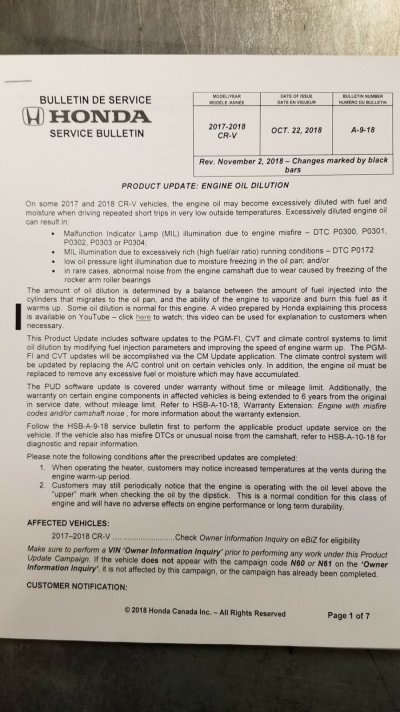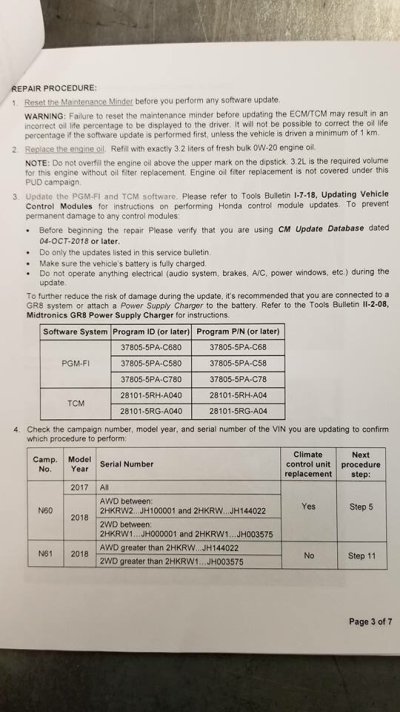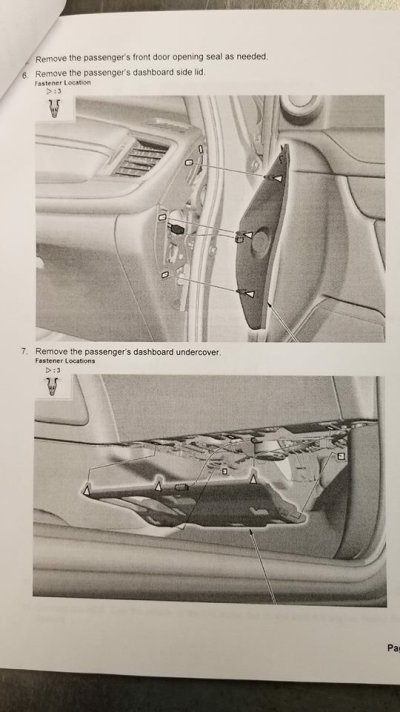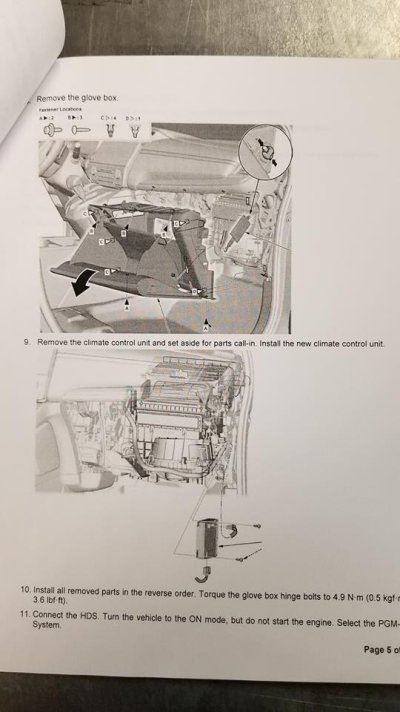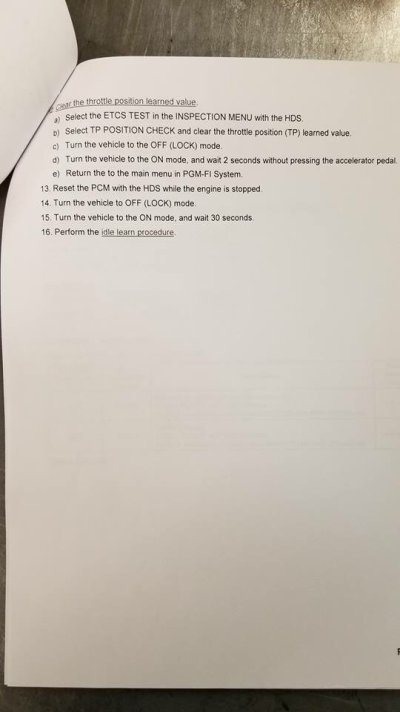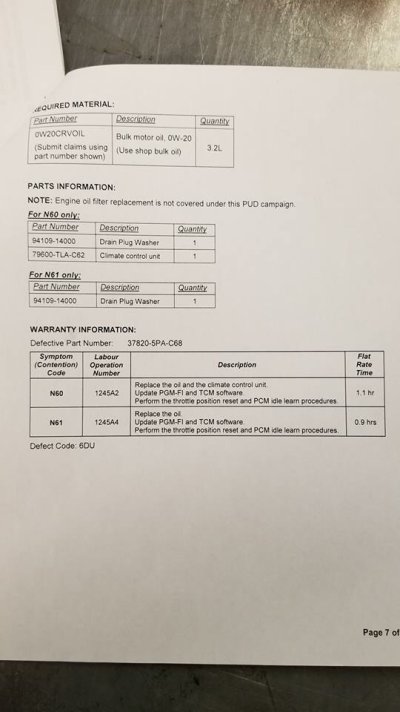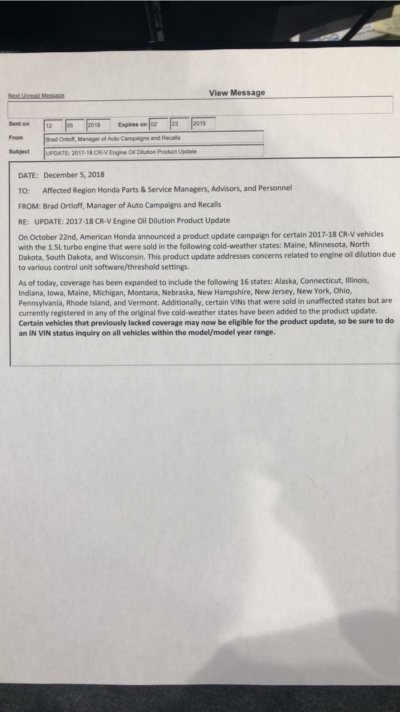So, in practice, how do serial hybrids like this work? Let's say our electric motor is sized at 73 Kw to give our driver the ability to accelerate at about the same rate as an ICE with a 100 HP engine, to climb a long grade, etc. The actual ICE in the car is sized at, say, 30 HP and runs in a fairly narrow range of 15 HP to 30 HP. It provides the 15 HP needed for 70 MPH on level ground, the extra is used to top off the battery if needed. The onboard battery provides the "buffer" and allows the drive motor to exceed the output of the ICE--for awhile. But at some point the buffer is used up. This could be after climbing a long uphill grade, etc.
If, for any reason, a car can't immediately accelerate the way a driver has come to expect, we have a serious safety issue. So, in the case above, if the buffer battery gets below a certain state the vehicle will probably need to warn the driver and, eventually reduce or shut down power to the drive motor until the battery can be recharged to some safe state.
Not a showstoppper, but not as operationally flexible as the "pure ICE" car here every HP is available for as long as there is fuel in the tank. Maybe a tradeoff worth making for those who seldom use their vehicle up to the limits of the installed ICE.

